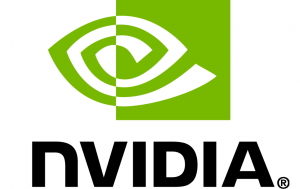No edit summary |
No edit summary |
||
| Line 18: | Line 18: | ||
| brief_overview=Tegra is a system on a chip (SoC) series developed by Nvidia for mobile devices such as smartphones, personal digital assistants, and mobile Internet devices. The Tegra integrates an ARM architecture central processing unit (CPU), graphics processing unit (GPU), northbridge, southbridge, and memory controller onto one package. Early Tegra SoCs are designed as efficient multimedia processors, while more recent models emphasize gaming performance without sacrificing power efficiency. | | brief_overview=Tegra is a system on a chip (SoC) series developed by Nvidia for mobile devices such as smartphones, personal digital assistants, and mobile Internet devices. The Tegra integrates an ARM architecture central processing unit (CPU), graphics processing unit (GPU), northbridge, southbridge, and memory controller onto one package. Early Tegra SoCs are designed as efficient multimedia processors, while more recent models emphasize gaming performance without sacrificing power efficiency. | ||
| kernel_status=Fully supported in Fedora. | | kernel_status=Fully supported in Fedora. | ||
| bootloader_status=Uses | | bootloader_status=Uses U-Boot->EFI->grub2. | ||
| other_details=Can be used with the disk images or PXE installation tree. | | other_details=Can be used with the disk images or PXE installation tree. | ||
}} | }} | ||
Latest revision as of 16:03, 3 February 2022
| Nvidia Tegra | |

| |
| Processing | |
| Manufacturer | Nvidia |
| Architecture | ARMv7 & AArch64 |
| CPU | Tegra |
| Memory | 1 -> 4 GB |
| Connectivity | |
| Audio | Various |
| Support | |
| Supported release(s) | Fedora 15 |
| Website | http://www.nvidia.ca/object/tegra.html |
Nvidia Tegra
Tegra is a system on a chip (SoC) series developed by Nvidia for mobile devices such as smartphones, personal digital assistants, and mobile Internet devices. The Tegra integrates an ARM architecture central processing unit (CPU), graphics processing unit (GPU), northbridge, southbridge, and memory controller onto one package. Early Tegra SoCs are designed as efficient multimedia processors, while more recent models emphasize gaming performance without sacrificing power efficiency.
Kernel features status and overview
Fully supported in Fedora.
Bootloader/firmware status and overview
Uses U-Boot->EFI->grub2.
Other details
Can be used with the disk images or PXE installation tree.
